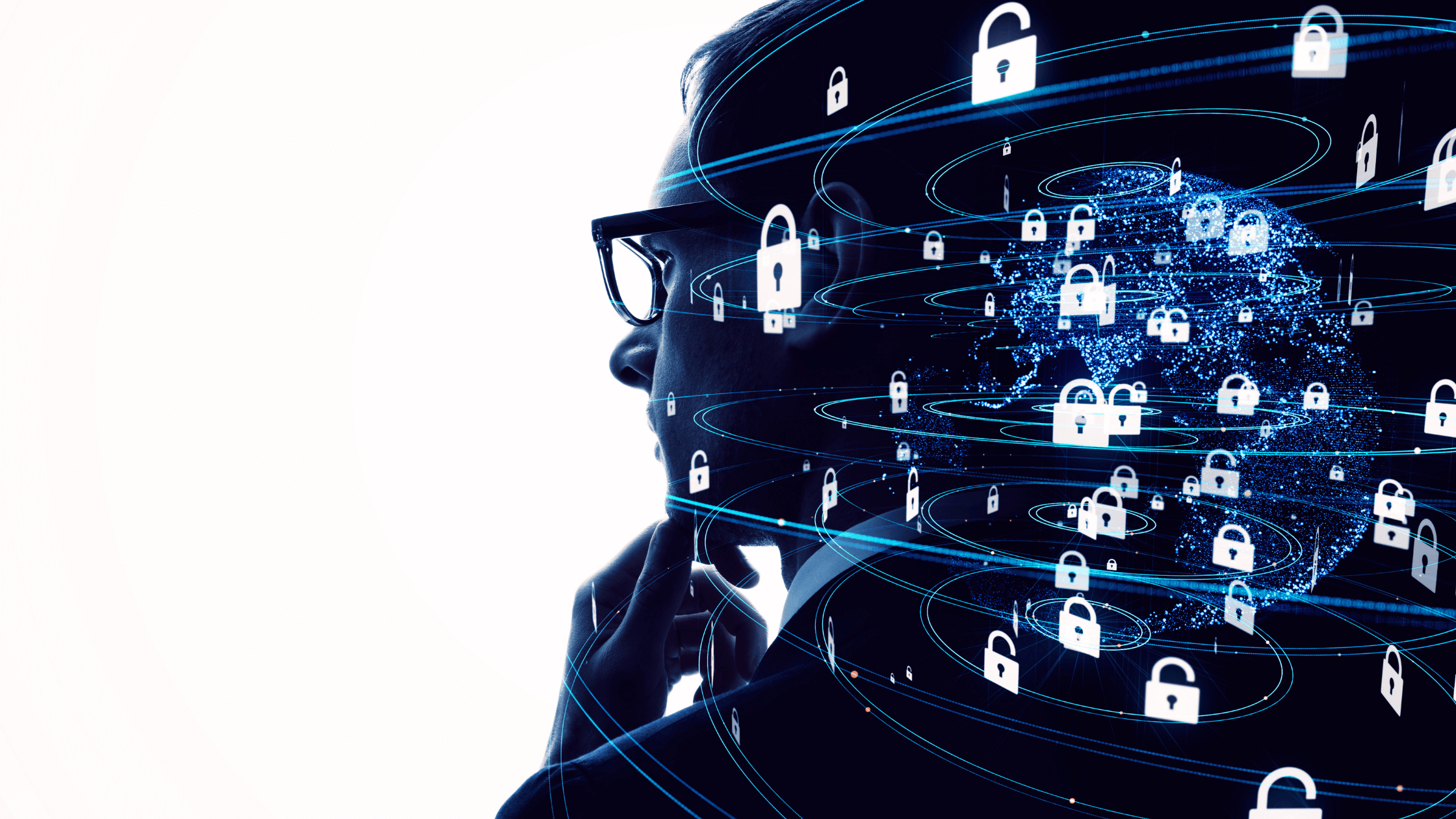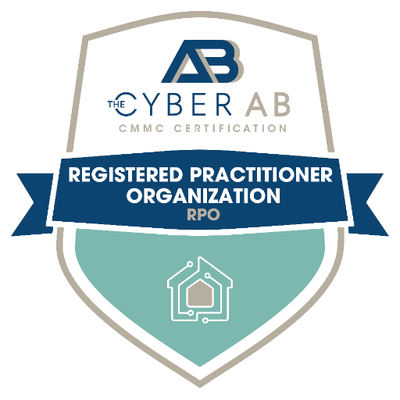In the ever-evolving landscape of business and technology, two terms often take center stage: “cyber risk” and “cybersecurity”. While these terms are closely related, they represent distinct aspects of your organization’s digital well-being and can directly affect your organization’s financial health making it a priority for CFOs. Let’s break down the key differences between cyber risk and cybersecurity, shedding light on their specific roles, significance, and implications for your business.
Cyber Risk: Understanding the Threat Landscape
Cyber risk, simply put, refers to the potential for harm or financial loss resulting from a cyberattack or a security breach. It encompasses a wide range of threats that can impact your organization’s digital assets, operations, and reputation. Let’s explore some key aspects of cyber risk:
1. Threat Actors and Vulnerabilities
Cyber risk is driven by various threat actors, including hackers, state-sponsored entities, and even internal personnel. These individuals or groups exploit vulnerabilities in your digital infrastructure, such as unpatched software, weak passwords, or misconfigured systems.
2. Impact on Business
Cyber risk can manifest in several ways, from data breaches and financial theft to disruption of operations and damage to your brand’s reputation. The financial consequences can be severe, including regulatory fines, legal fees, and potential loss of customers.
3. Evolving Threat Landscape
The world of cyber risk is constantly changing. New attack techniques and vulnerabilities emerge regularly. Being aware of these developments is crucial to assess and mitigate cyber risk effectively.
Cybersecurity: Your Defense Against Cyber Risk
On the other hand, cybersecurity refers to the practices, technologies, and measures put in place to protect your organization from cyber risk. It’s your proactive strategy to defend against threats, minimize vulnerabilities, and safeguard your digital assets. Let’s delve deeper into cybersecurity:
1. Building a Robust Defense
Cybersecurity involves a multifaceted approach, including network security, data encryption, access control, and employee training. It’s not a one-size-fits-all solution but rather a customized defense strategy tailored to your organization’s specific needs. It also requires continual manning of the defense because cyber criminals are always elevating their techniques.
2. Long-Term Investment
Cybersecurity is not an overnight endeavor. It’s a long-term investment that requires planning, resources, and commitment. Building a robust cybersecurity posture can take months or even years, but the benefits are enduring.
3. Compliance and Legal Considerations
Laws and regulations governing cybersecurity are ever-evolving. Staying compliant with these requirements is an essential part of your cybersecurity strategy. Non-compliance can lead to legal issues and financial penalties.
4. Continuous Improvement
Cybersecurity is a dynamic field. It requires ongoing assessment and adaptation to stay ahead of evolving threats. Regular audits, vulnerability assessments, and security updates are essential for maintaining a strong cybersecurity posture.
Bringing It Together: Why It Matters to CFOs
Understanding the difference between cyber risk and cybersecurity is crucial for CFOs. Cyber risk represents the potential pitfalls that could impact your organization’s financial health and reputation. Cybersecurity is the proactive approach to mitigate these risks.
Investing in cybersecurity is not just about protecting your assets; it’s about safeguarding your organization’s future. By building a strong cybersecurity posture, you reduce the likelihood and impact of cyber risk incidents. While it may take time to see the full benefits, the peace of mind, regulatory compliance, and long-term protection of your bottom line make it a sound strategic decision.
In a world where laws and regulations around cybersecurity are continually changing, and cyber threats are on the rise, CFOs and CEOs must prioritize cybersecurity as a critical aspect of their overall business strategy. It’s not just an IT concern; it’s a fundamental part of ensuring the longevity and success of your organization.
Cybersecurity Definitions
It almost seems like you need to learn a new language when talking about protecting your organization from cyberattacks. Want to know what a Wi-Fi Pineapple is or need to learn more about the threats you and your business face? We have you covered. Learn all about hacking, phishing, malware, spyware, ransomware, scareware, and more.





